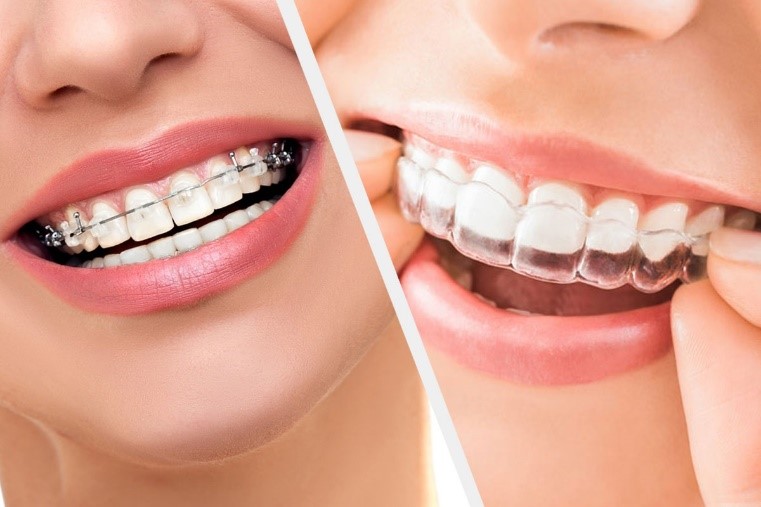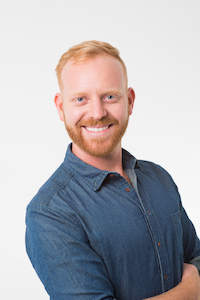


Technician at Ceramident
In this article I will be discussing the process of aligning teeth using clear retainers and how they are made from first consultation.
To begin treatment an impression or a digital scan off the mouth is required. It is then either casted in stone and scanned into our Clear Aligner software or directly sent to us from the Dental practice if scanned digitally.
Here we can already start seeing the benefits of digital vs. conventional impressions. Time is being saved and also costs regarding la b work (casting of models).
Now once models have been created digitally I start by manually defining what is actual tooth and what is gingiva. Using my experience and guidance from the software I start moving the misaligned teeth into a more ideal position. Some cases may only need between 5-10 steps to achieve final results whilst others may need aggressive inter-proximal reduction – this is where not enough space is present in the dental arch and the dentist will have to perform stripping.
In this case no more than 0.20 mm is stripped away on each adjacent surface of a tooth, as we run the risk of intruding into enamel. Arch expansion may also be obtained by means of aligners to create more space anteriorly for movement, and may require up to 25 steps per arch.
After my final setup has been done the software will calculate the amount of steps needed to complete alignment.The software will then generate video animations that can be shared with clients to show the movements of teeth and the final results. This will include an analysis report on all teeth moved and a final quote on the case. This proposal is done at a small nominal fee which is then deductible on the final invoice if the client decides to proceed with the case.
Buttons or attachments maybe added depending on the direction and amount of movement that occurs. A button or an attachment is a small composite block placed on the facial surface of the tooth being moved by means of a transfer tray at the start of the treatment. These buttons provide more surface area for the retainer to grip onto and move the teeth more evenly. Extrusion, rotation and translation of teeth can’t be obtained by a retainer alone.
Some cases may range from 2 steps to 20 per arch. As a rule of thumb I will do half of the treatment and then ask that the patient return for a follow up to ensure retainers are being worn. Retainers should be worn 22-24 hours a day and maybe removed when eating. Each step must be worn for 2 weeks, but if the retainer is still “tight” with insertion a further week of use on the current step is recommended.
The amount of steps needed to obtain the desired results are calculated by the software by analyzing the movement of each tooth. A maximum of 2 degrees rotation and translation is allowed per step.
On completion of treatment a final retainer is made to be worn for a minimum of 2 years to prevent any relapse of teeth drifting back into misalignment.
Registered with South African Dental Technician Council. Company registration no.: 2016/187224/21. Director: Michael Lazarevic.